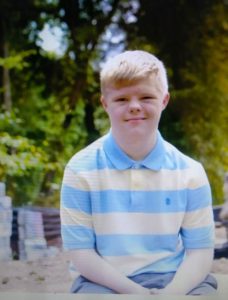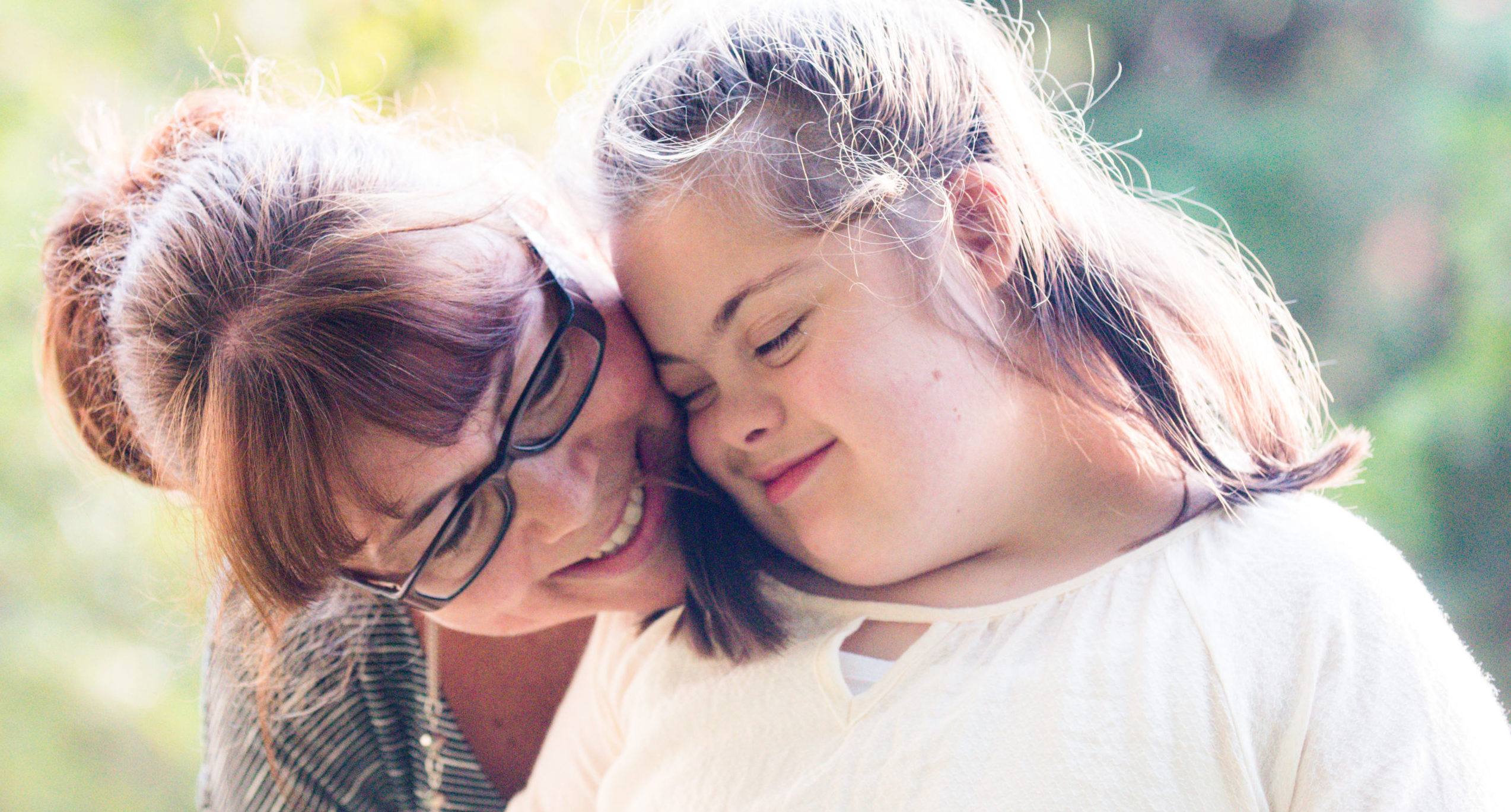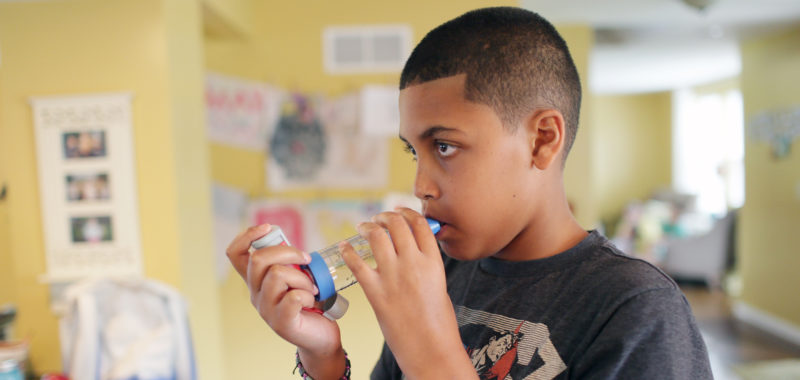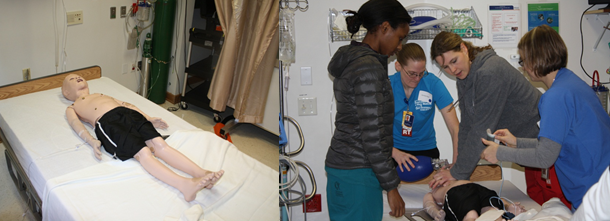More than half of children and almost all adults who have Down syndrome struggle with obstructive sleep apnea (OSA). This airway condition causes breathing difficulties while sleeping, and can wake those who have it anywhere from dozens to hundreds of times per night. For kids, the end result is extreme sleepiness that can lead to behavioral issues, problems at school and delayed growth.
Traditional treatments for OSA include removing the tonsils and adenoids, and/or using continuous positive airway pressure (CPAP). Often these are a success.
But what happens when those treatments don’t work? What can be done for the children and young adults with Down syndrome who have had their tonsils and adenoids removed, and still suffer sleepless nights with OSA?
New Treatment Offers Hope
A new product called Inspire® could be the answer. The Inspire system uses a device that monitors breathing function while a person sleeps. With obstructive sleep apnea, the tongue often relaxes and falls back, closing off the airway. Inspire works by sending an electrical impulse to the tongue to help keep it forward, so the airway stays open during sleep.
A small device—similar to a pacemaker—is implanted into a patient’s chest during an outpatient surgery. The patient activates the device by turning it on with a remote control before going to sleep at night. The device works by stimulating the nerve that controls the tongue, keeping it from falling back in the throat and blocking the airway. The breathing passages remain open, so sleep apnea events occur less often.
Promising Results
This technology was first FDA-approved for use in adults, and to date we have implanted an Inspire in five adult patients. We wanted to find out if the same technology would work well for kids.
Here at Cincinnati Children’s, we are part of a research study exploring the safe use of Inspire in children. So far, five children (ages 10-21) with Down syndrome have had an Inspire implanted by our team. Other hospitals that are also part of the study have done more than 15 additional implants in participants of similar ages.
We are very encouraged by the results so far. In the study’s first 20 participants, we have seen these outcomes:
- The effectiveness rate was close to 80%.
- There was a median reduction of 85% in the apnea-hypopnea index, the measure used to classify how severe sleep apnea is in a person.
- Median nightly usage was 9.2 hours/night, compared to 6 hours a night for adults. We are happy if people use CPAP for 4 or more hours a night, so this compliance level is great.
That means nearly all of these patients are getting much better sleep each night. More importantly, we have received feedback that our Inspire patients are more energetic during the day, they have been better able to learn, and behavior has improved.
Will Rests Well
 Eighteen-year-old Will was one of our first patients to try this device. He had struggled with severe sleep apnea for years, sometimes waking up to 80 times an hour. Removing his tonsils and adenoids didn’t help, and CPAP didn’t work for him either. His mother Dawn said Will’s OSA was horrible and that he was tired constantly.
Eighteen-year-old Will was one of our first patients to try this device. He had struggled with severe sleep apnea for years, sometimes waking up to 80 times an hour. Removing his tonsils and adenoids didn’t help, and CPAP didn’t work for him either. His mother Dawn said Will’s OSA was horrible and that he was tired constantly.
Now with Inspire, Will is sleeping much better. He no longer snores at night, he has much more energy, and he even improved his running time in his Special Olympics event. Dawn says it’s because he is better-rested and is healthier overall as a result of the Inspire system.
What Lies Ahead
Sleep apnea is difficult to treat, so the results we’re seeing with this new technology are very exciting. It means that in the future, chances are good we will be able to use this treatment for other kids who struggle with OSA (3-5% of the total population), not just for those with Down syndrome.
Studies show that half of those who try CPAP don’t tolerate it. The Inspire system offers a new, more effective option for these individuals than what they’ve had in the past. We are optimistic that with the Inspire system we’ll soon be able to help even more kids improve their quality of sleep.
If you are interested in learning more about the Inspire system as a potential option for treating OSA, call 513-636-2371 to speak with a member of the Complex Obstructive Sleep Apnea Center team.



